I am building a battery charger for AGM (lead-acid) batteries that will output max. 5 amps to charge the battery, through a pair of clips. This makes it a possibility that the battery could accidentally be connected backwards.
My main concern is internal voltages being pulled "below ground" (negative) if the charger ground is already referenced to ground and a battery is connected, as this would damage my microcontroller (RP2040)'s ADC. Currently the battery ground connection is directly connected to internal power/signal ground.
A regular diode (or even one with low forward voltage) in series with the battery output would dissipate significant power in the volt drop, which is suboptimal. I've researched some ideal diode ICs but it seems like the body diode of their external MOSFET would conduct in reverse polarity. I'm also not sure how an ideal diode IC would work if the "ground" was pulled lower than the "output" pin in a reversed polarity situation.
I have checked this related question, but the RP2040's datasheet lists (in Section 5.5.3, Table 625) the minimum ADC input voltage as 0 volts, so the diode clamping method is not good enough.
My questions:
- Would an ideal diode IC protect the battery charger from a user accidentally connecting the battery in reverse (polarity)?
- Is there a solution for measuring the battery voltage that mitigates this problem?

